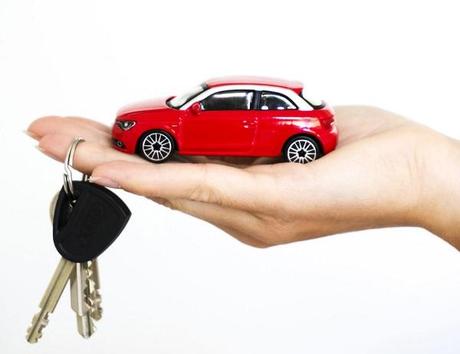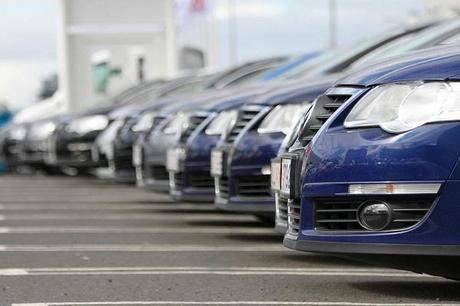
It doesn’t matter if you are buying a 2nd hand car, or a new one, there are things you should be asking yourself and the car dealer. While these tips won’t guarantee you end up with the perfect car they should keep you from being ripped off even if you are buying a car online or in the real world…
1. Set your budget
Think carefully about how much money you can reasonably spend on a new car and from there you can work out what models will be both within your budget ad also fit your requirements. When you have narrowed it down you will be able to look at more specific cars.
2. Decide where to buy from
You could buy privately, from a dealer, from a car auction, a car supermarket or from an online auction site. If you buy from a dealer then you have protection from the Sale of Goods Act but you may get a better deal privately.
3. Do a background check
Check and confirm the identity of the car. You can use the DVLA website to match the registration number to the car details, such as model and engine size. You can also check the MOT history online. Consider a private history check or HPI check which are relatively inexpensive.
4. Ask questions
The owner should know a lot about the car, so make sure that you quiz them as to the details, such as how long they have had it and how much it has been used. Ask them to come with you on a test drive so that you can ask questions as you drive.
5. Take a friend
If you’re not mechanically minded, try and bring a friend who has more experience than you do. They will have a better idea about what to check for in terms of excessive wear and tear or anything more serious.

6. Inspect the car and ask questions
Make sure that you inspect the car in full daylight at the seller’s home. If it’s raining, it will be dull and you’re less likely to want to look around the car for obvious faults or crawl underneath to have a look at the exhaust. Ask to look at the V5 and MOT document.
7. Go for a test drive
Get a day’s insurance cover and take the certificate to show the seller. This means that you can take the car out on the road and make sure that you’re covered. Try to drive on a variety of surfaces at a variety of speeds. Listen carefully for noises or vibrations.
8. Haggle on the price
Never offer the full asking price because there should always be some wiggle room. Use any detractors on the car to negotiate the price. Don’t go above the top budget you have set yourself and always be ready to walk away.
9. Get some quotes for insurance
There’s no point feeling smug when you’ve haggled a great price on a car only to be confronted by a horrendous insurance cost! So make sure that you get online and get a few quotes before you sign on the dotted line.
10. Think about how to pay
Payment using a credit card is the safest way because you have protection under the Consumer Credit Act. But that’s not always feasible. Paying with a check or through bank transfer will usually mean that the payment will have to clear before the seller will part with the car. A banker’s draft is probably the safest but you will have to pay a fee to your bank. Make sure that you get a signed receipt!

